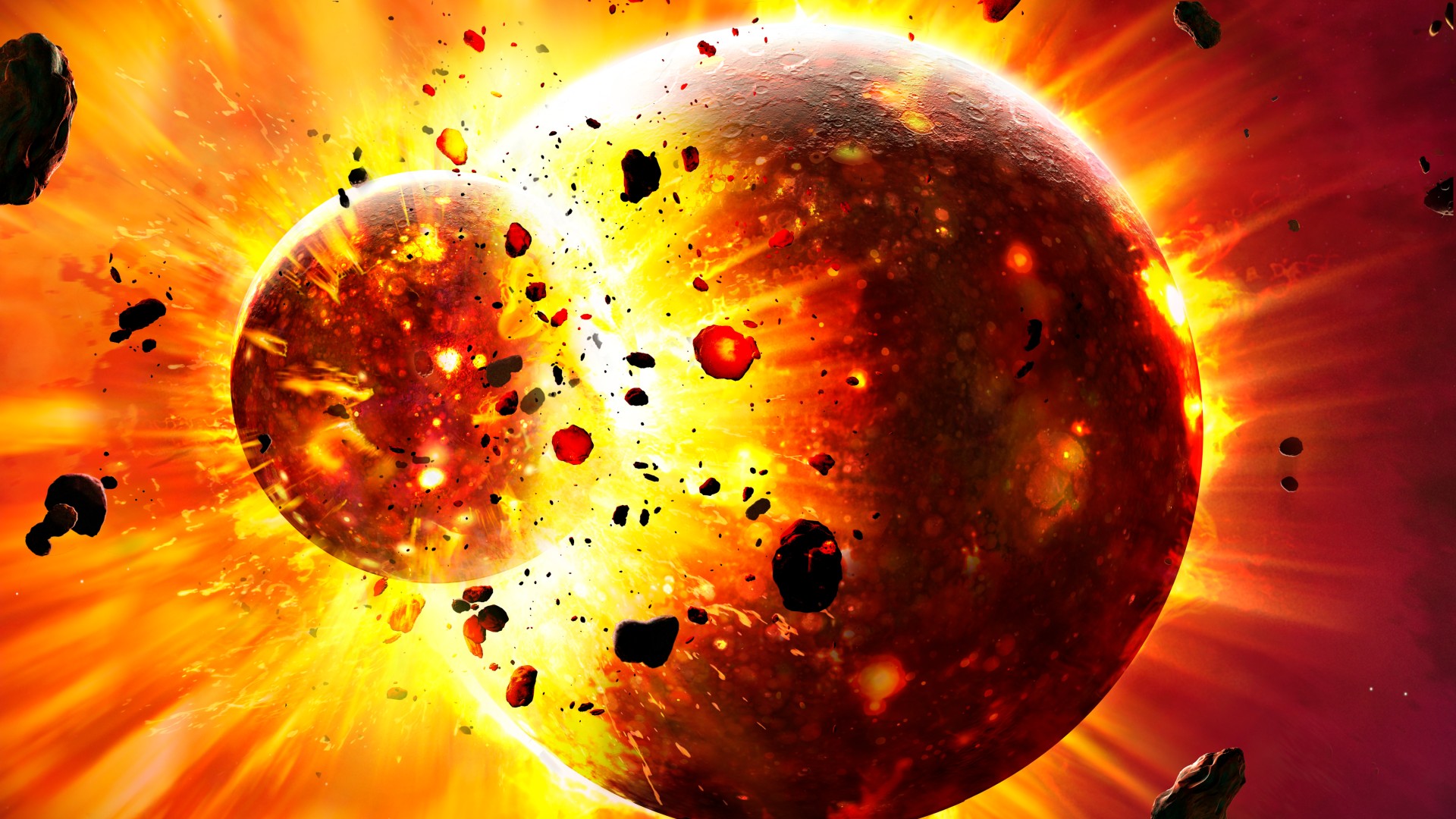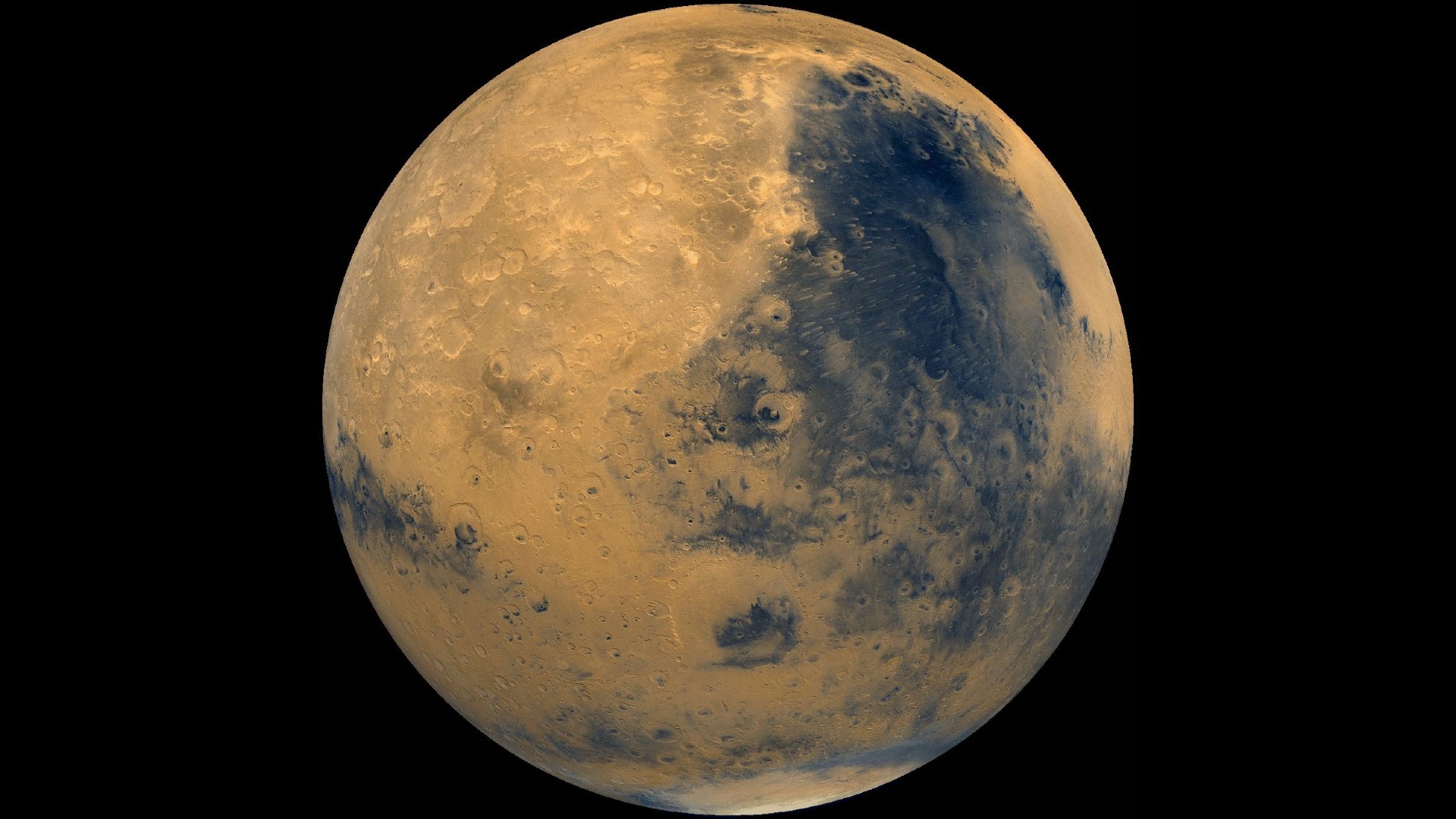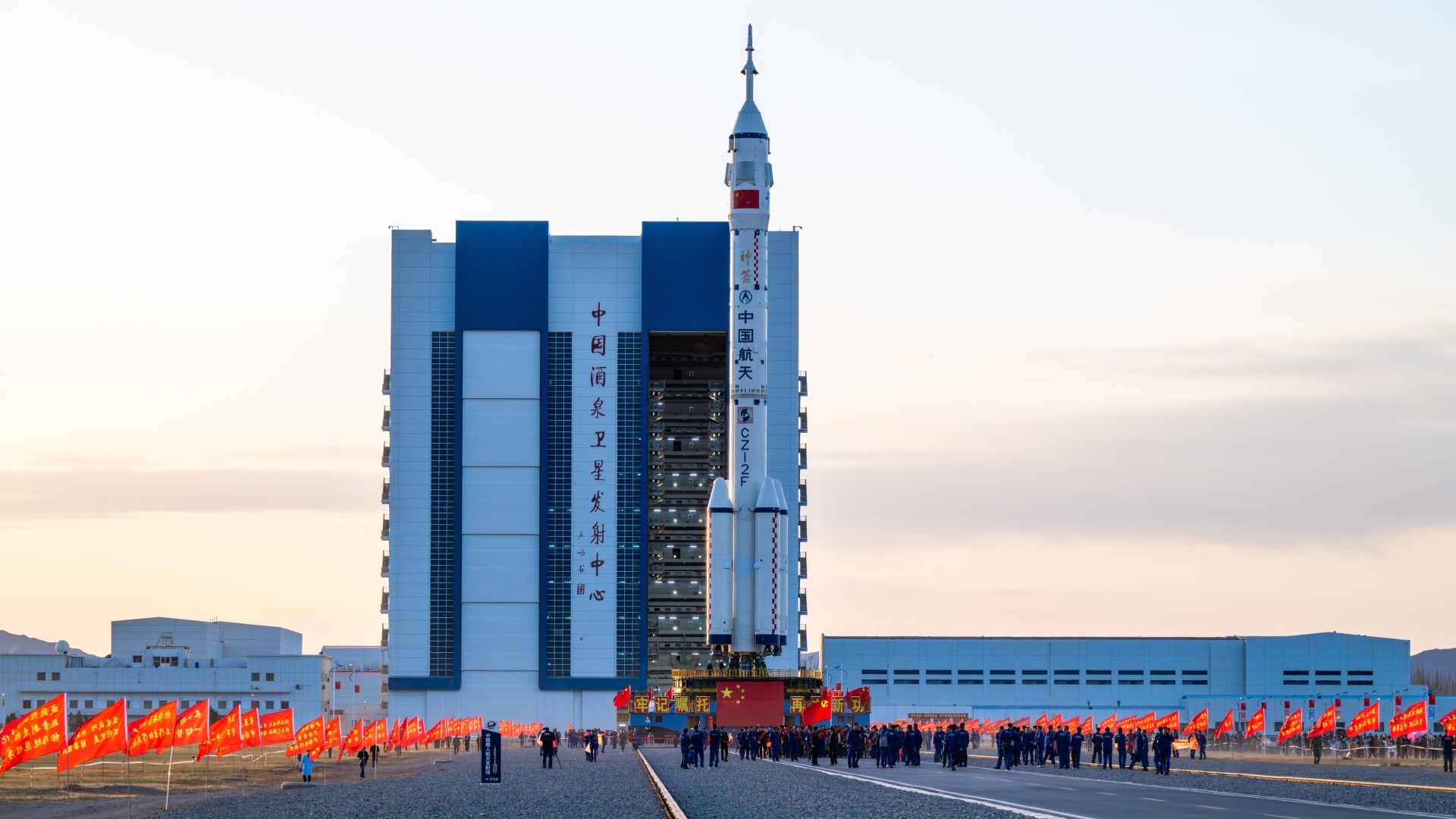Solar System
Explore Solar System
Latest about Solar System
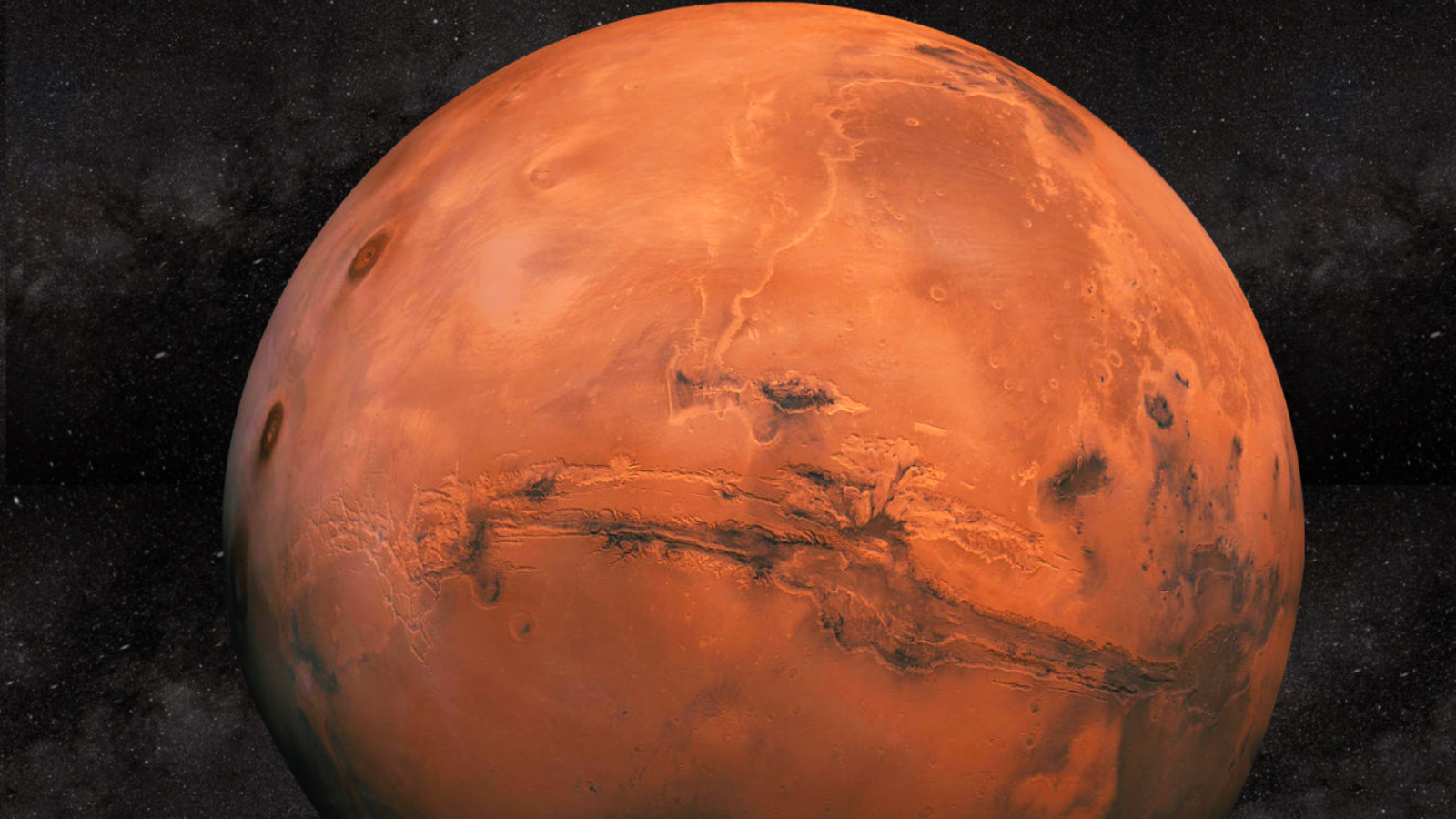
What happened to all the water on Mars? Here's why the debate continues
By Victoria Corless published
The Mars water debate continues. A team of scientists suggests vast oceans of water may not be locked within the Red Planet's crust, despite InSight lander data.
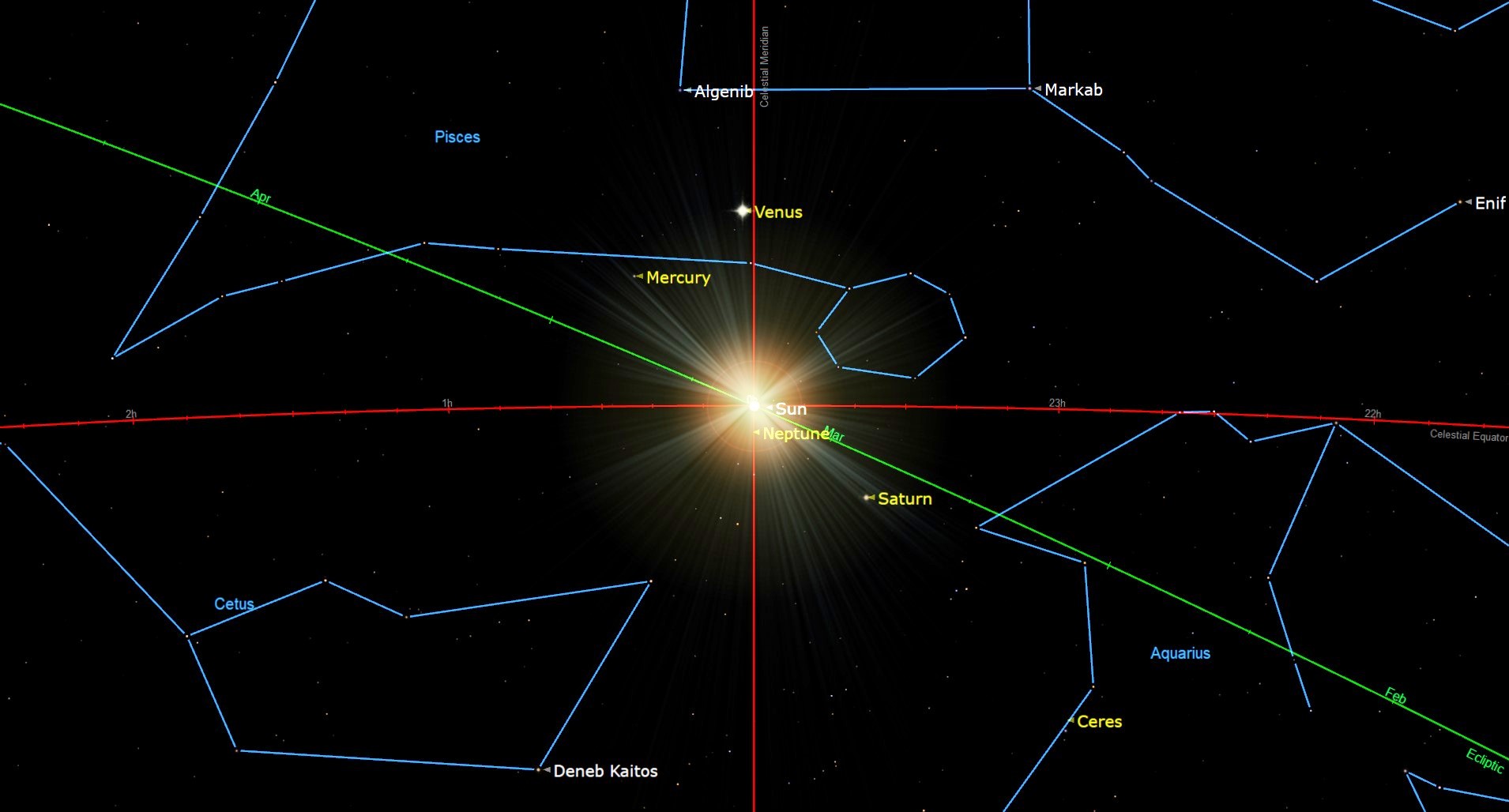
Spring equinox 2025: Say goodbye to winter in the Northern Hemisphere today
By Samantha Mathewson published
Spring officially begins today (March 20) with the vernal equinox, bringing longer days and warmer temperatures to the Northern Hemisphere.

'Microlightning' between water droplets could have sparked life on Earth. Here's how
By Kiona N. Smith published
The building blocks of life on Earth may have been fueled by tiny sparks hopping between water droplets.
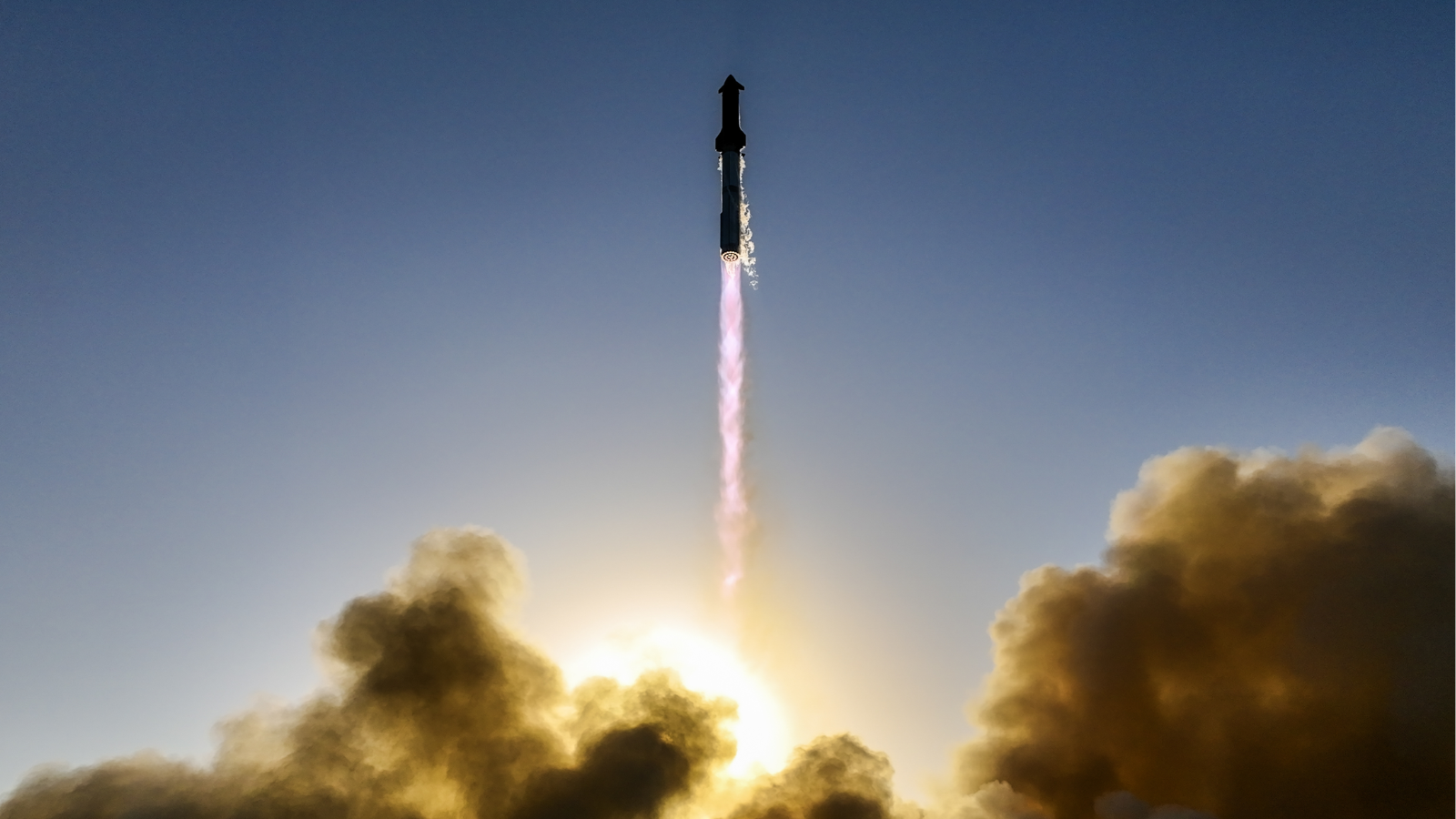
Mars madness! Perfect NCAA tournament bracket wins you a trip to the Red Planet on SpaceX's Starship
By Mike Wall published
If you have an otherworldly knack for picking the winners of college basketball games, you could get a free ride to Mars on SpaceX's Starship megarocket.
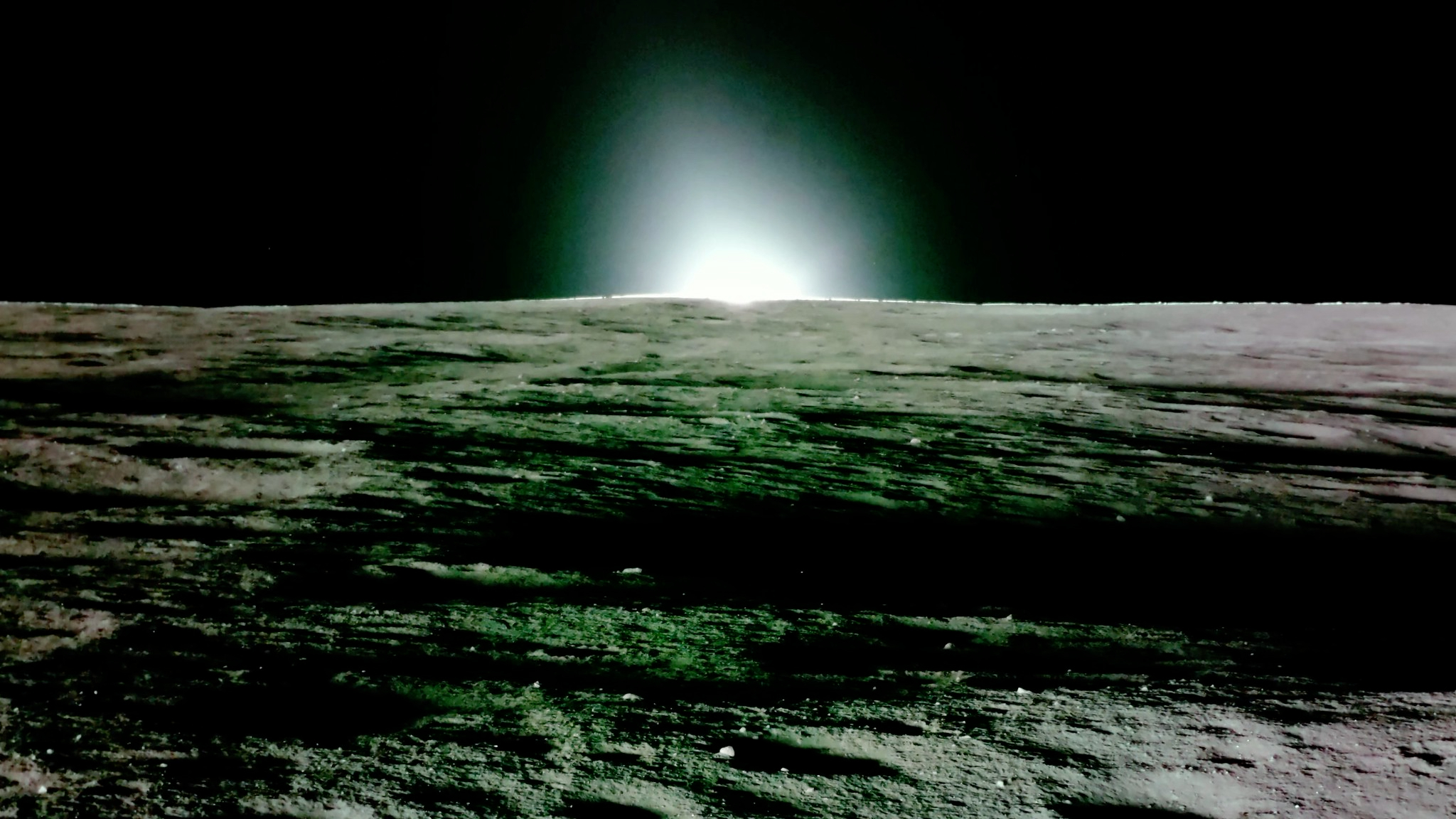
Watch the sun set over the moon in epic video from private Blue Ghost lunar lander
By Mike Wall published
Firefly Aerospace's Blue Ghost moon lander captured amazing views of the lunar sunset shortly before shutting down on Sunday (March 16).
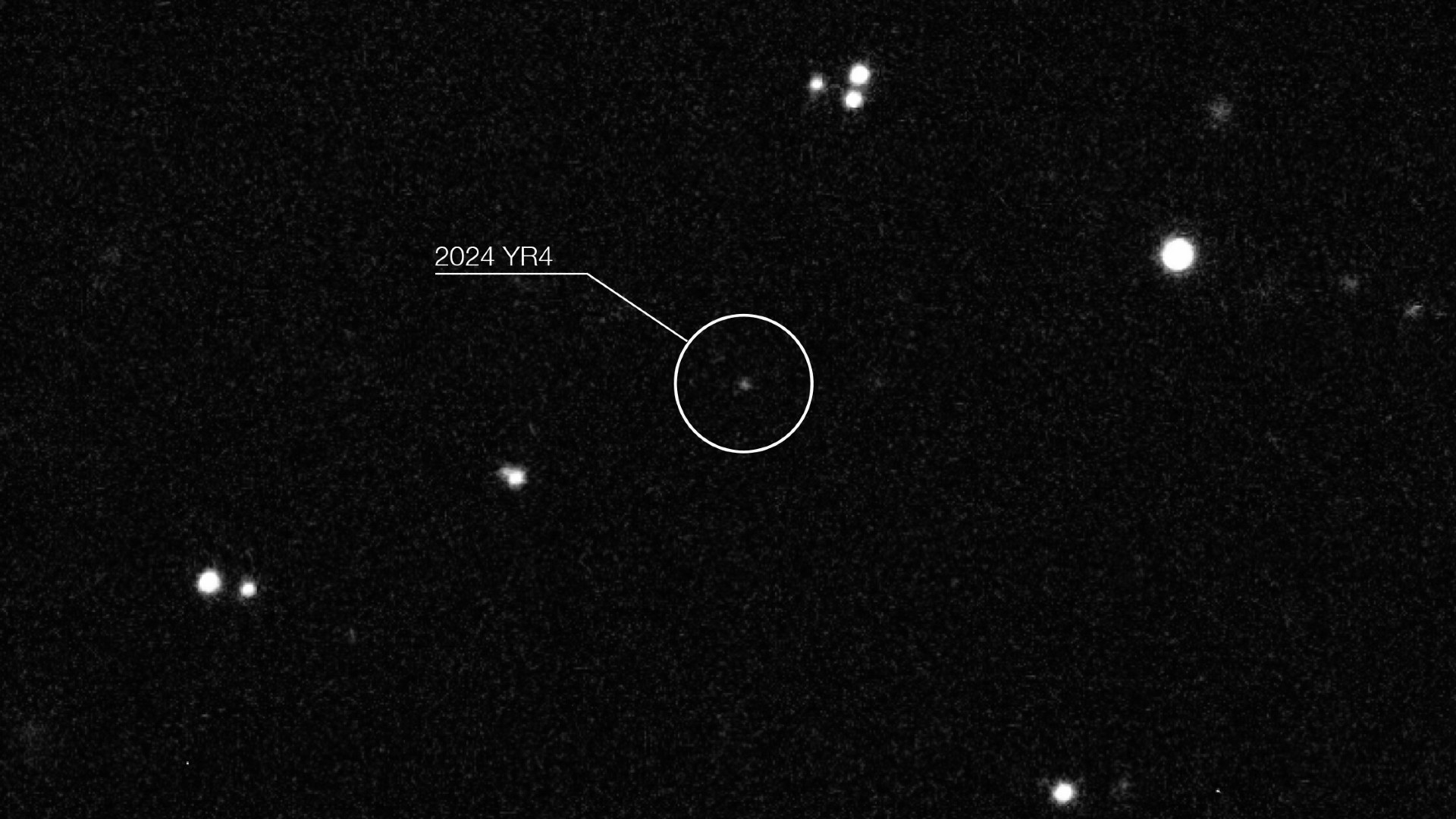
Asteroid 2024 YR4 no longer threatens to hit Earth, but we can still hit it — for science!
By Paul Sutter published
Despite a brief panic, asteroid 2024 YR4 isn't likely to hit us anytime soon, but we can still study the asteroid up close to help us understand these space rocks.
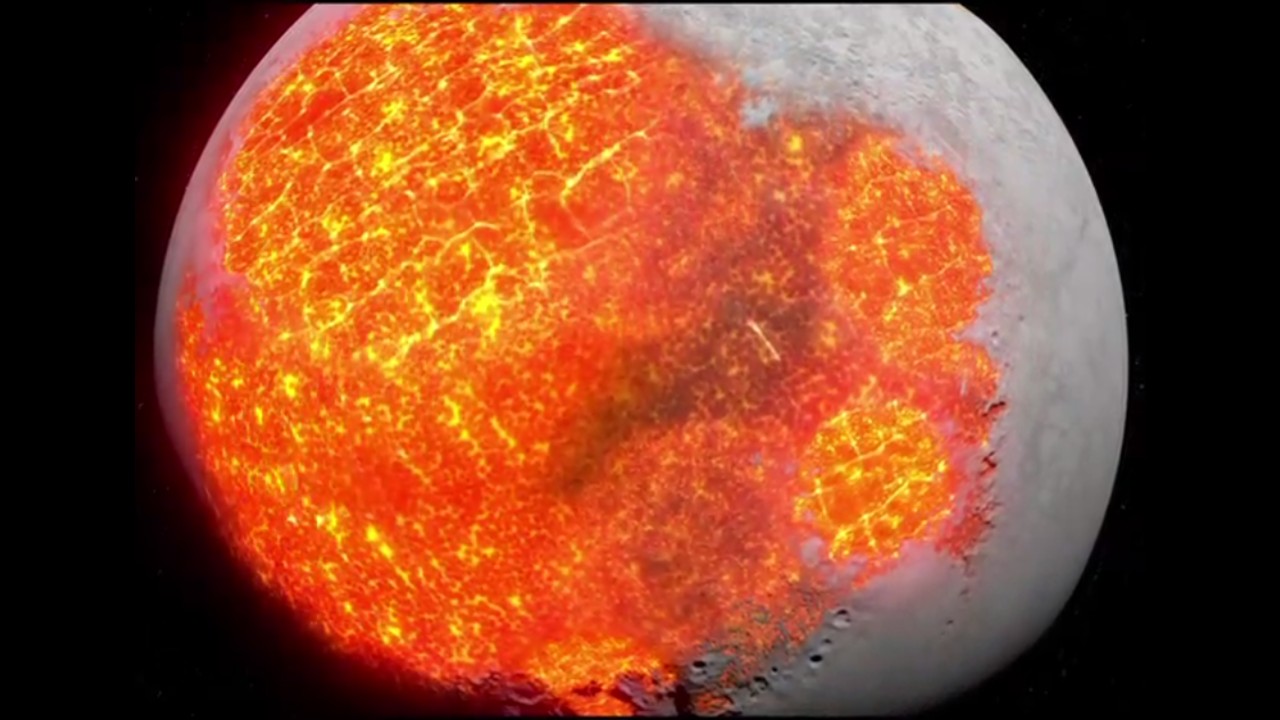
The far side of the moon was once a vast magma ocean, Chinese lunar lander confirms
By Andrew Jones published
New findings from China's Chang'e 6 lunar farside samples offer insights into the moon's volcanic past and mantle evolution.
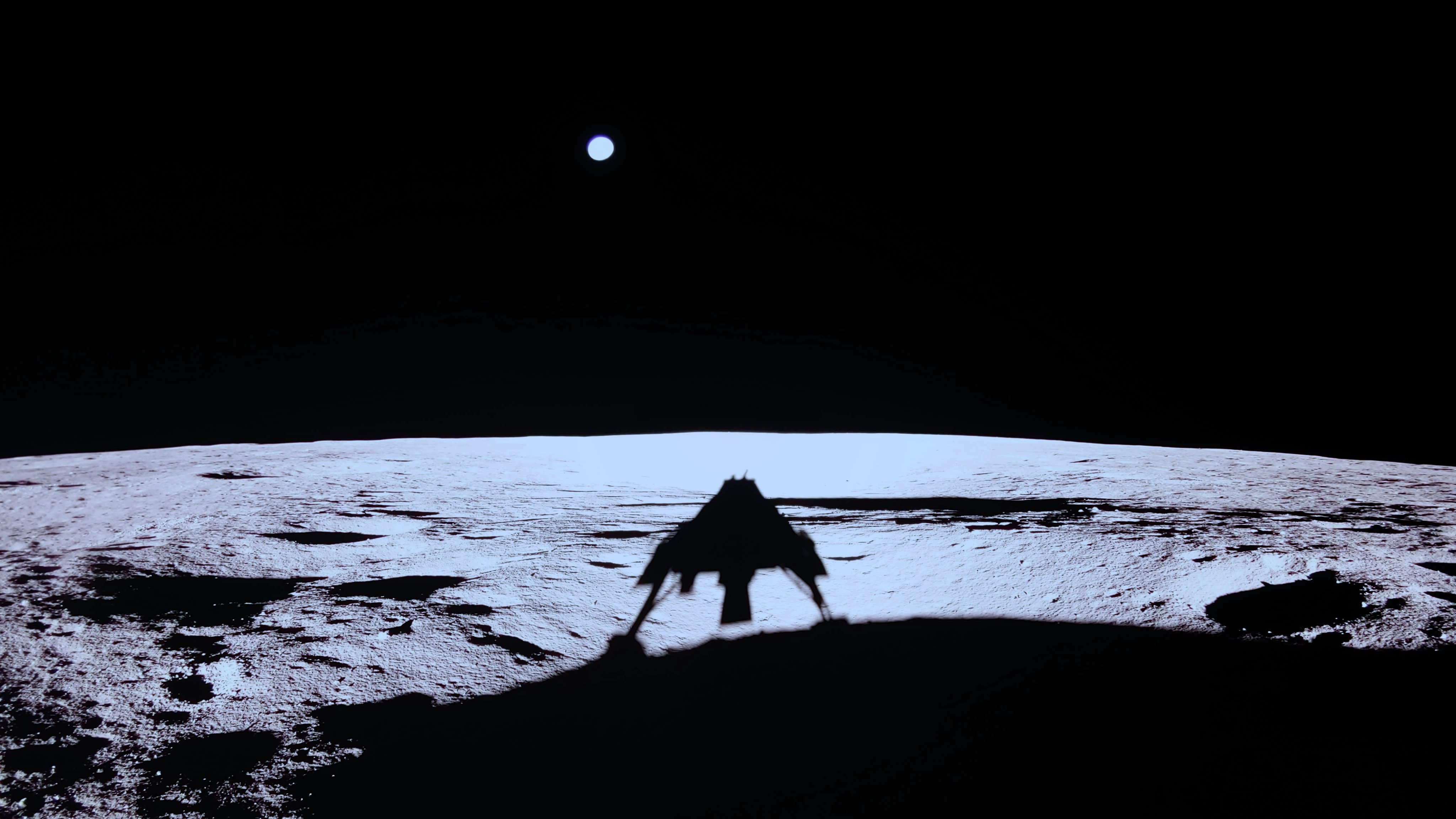
Farewell, Blue Ghost! Private moon lander goes dark to end record-breaking commercial lunar mission
By Mike Wall published
Firefly Aerospace's Blue Ghost moon lander went dark in the lunar night on Sunday (March 16) as expected, bringing an end to its historic mission.
Get the Space.com Newsletter
Breaking space news, the latest updates on rocket launches, skywatching events and more!
